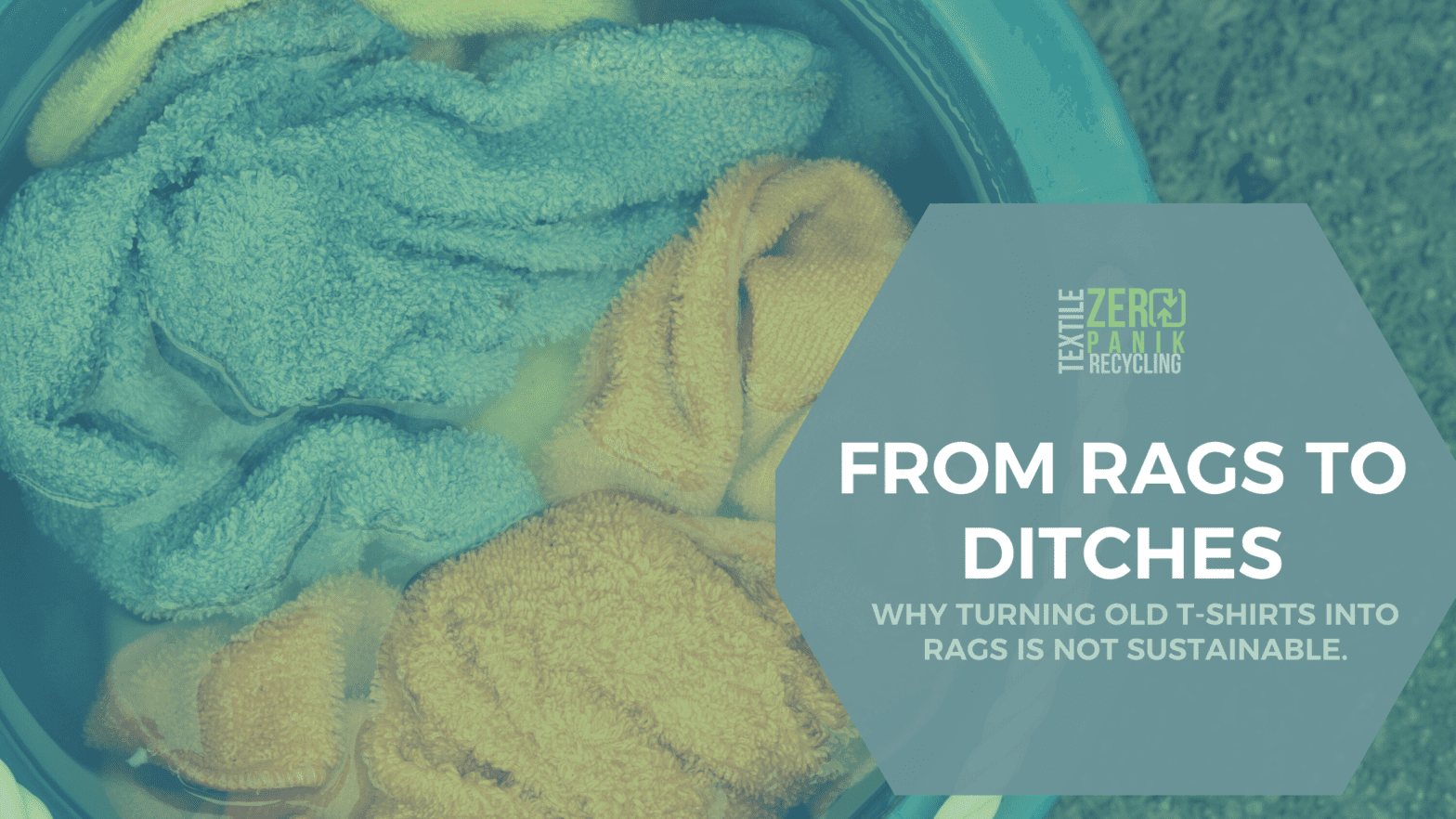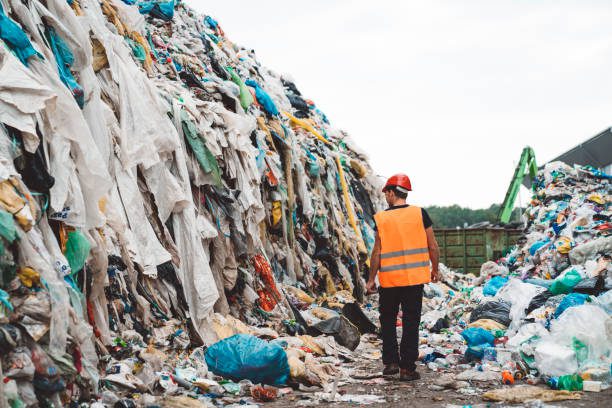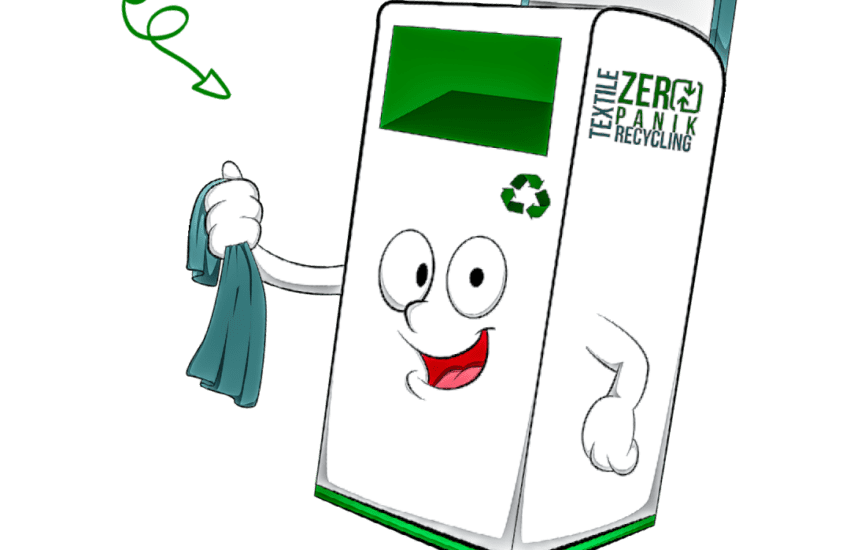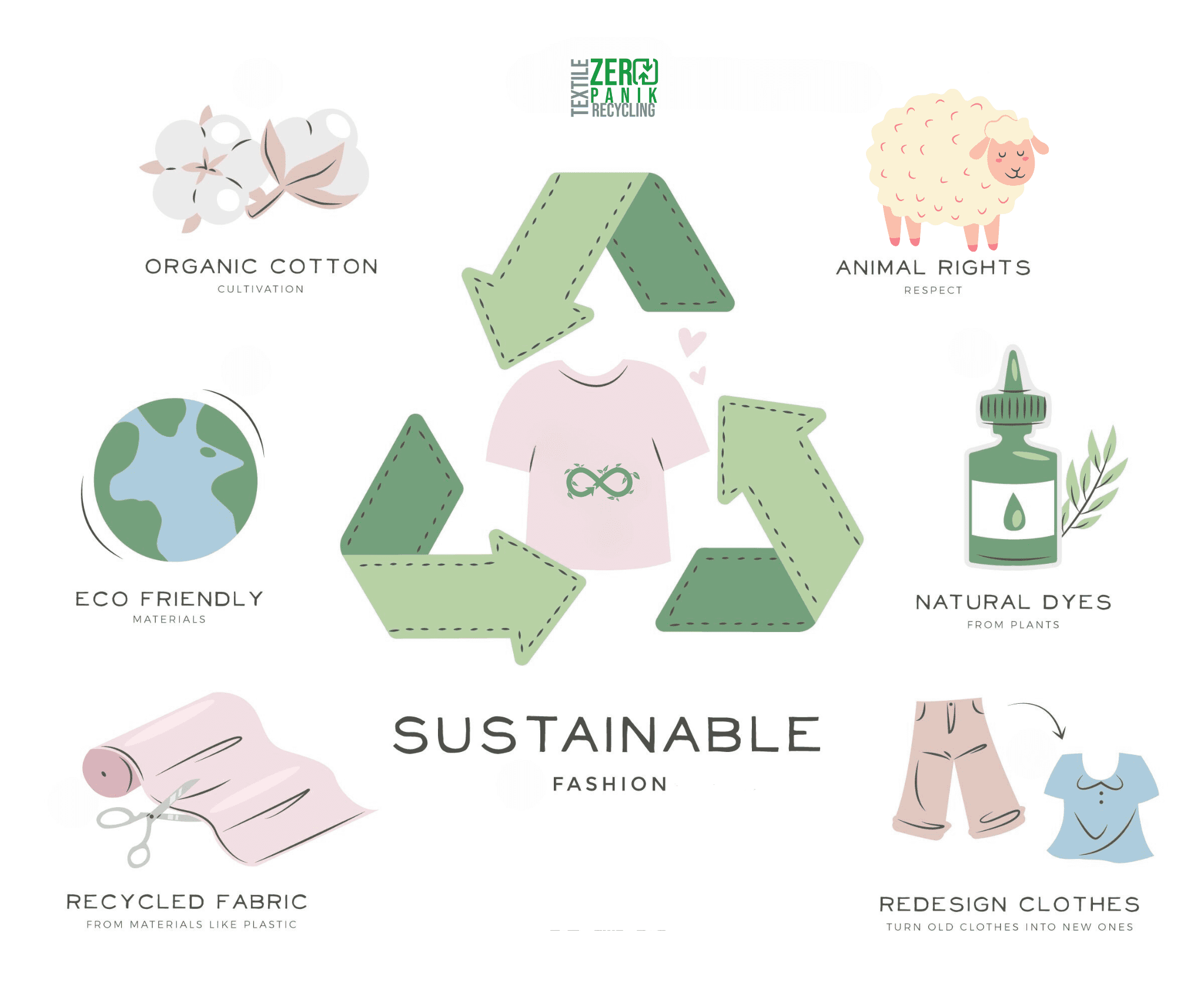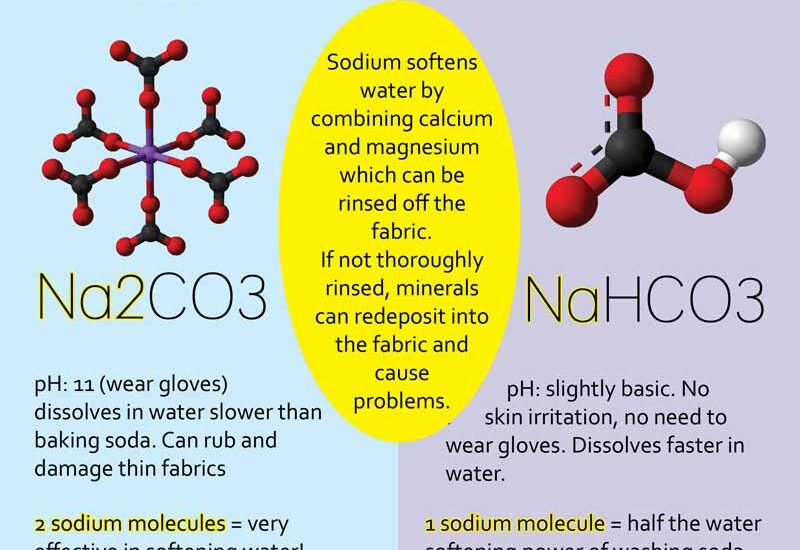From Rags to Ditches
Why turning old t-shirts into rags is not sustainable.
If you google textile recyclers you will find a list of companies that take your old t-shirts and rip them up into rags. Now while this all sounds well and good, we all know that rags get soiled and used for the most disgusting jobs, and then, you guessed it they get discarded in landfills. According to the EPA reuse garments and rags eventually enter the waste stream and are counted as part of the MSW (Municipal Solid Waste) generation. In 2018 11.2 million tons of textiles were sent to landfills making up 7.7% capacity another 3.2 million tons combusted of with only a 9.3% energy recovery.
An old shirt or towels that become rags are inadvertently headed for landfills. Rags are an all-too-common end-of-life solution, these rags are used highly in the auto industry, especially by auto shops. Once soiled in grease, oil, and gas these rags are toxic, unusable, and sent to landfills. While these highly used items are needed this is not a sustainable solution for textile recycling, nor is it good for the environment to be throwing these soiled rags into landfills. A solution to collect and sustainably dispose of or decontaminate for reuse is needed.
Secondhand Retailers and the Reuse Market
We all love a great deal, so you would think lots of people shop in thrift stores right? According to the American Apparel Association, only 12% of people shop in thrift stores. After a recent visit to and conversations with the local Goodwill Distribution Center a local small thrift store, I have been enlightened that those donations that go to small thrift shops once riffled through for most valuable pieces the remaining items are dropped in a donation bin or at the goodwill. And those items deemed unsaleable by shop owners either because of damage, stains, etc. end up in a bin that is meant to offer resalable and reusable items to the less fortunate or sold to markets overseas. If the items go to Goodwill, they are at least allowed to be sold for very low prices to those in need, but if they land in a donation bin the outcome is unknown, some of these donation bins are owned by other secondhand retailers and not non-profits, these dumps can hurt profits of those shop owners.
Recycling efforts under 25% of the EPA estimates from 2018 reflect clothing and footwear at 13% while linens were estimated at around 15.8%. Considering these numbers, it is evident that there needs to be a change.
Fast Fashion is Cheapening the Market
Do you remember when we preferred quality over quantity? In today’s world, it feels like it matters more how much you have rather than possessing a few quality items we acquire lots of items. Today’s market clothing is so cheap you can go to Walmart or Target and get a brand-new shirt for $3-$5, this is great, but it hurts the resale market, makes clothing disposable as the quality isn’t great and they as such the material often does not hold up well. Especially in children’s clothing, if your kids are like mine, they are rough on their clothing, and the newer items in the closet don’t stand up to the play, and the wear and tear factor are noticeably different from that of clothing made 8+ years ago.
I know this because I saved all my now 8-year-old’s clothing and my 3-year-old wears hand-me-downs. Yet, every so often when at Target or Ross I will buy a few new things, unfortunately, there is a lack of boy’s clothing in stores and resale shops around here making shopping for both new and used cloth for my 8-year-old hit and miss. As we rotate garments, I noticed the difference in quality as my bags of damaged unsaleable unusable clothing began to increase.
Conclusion
EPA also found that significant amounts of textiles enter the reuse market, but the number of reused textiles is not included in the generation estimate because reused garments enter the waste stream eventually and become a part of MSW generation and go to landfills.
We can change this by not turning old clothing into rags, collecting unsaleable textiles, and diverting them to sustainable, innovative, and disruptive textile waste recycling firms. We can invest in repair and upcycling services, we can work with innovative companies creating sustainable materials out of textile waste, and innovative companies make new clothes from old garments. We can reignite the textile industry here in the United States, this industry that employed 1.2 million Americans in 1940 can once again provide millions of jobs to Americans.



